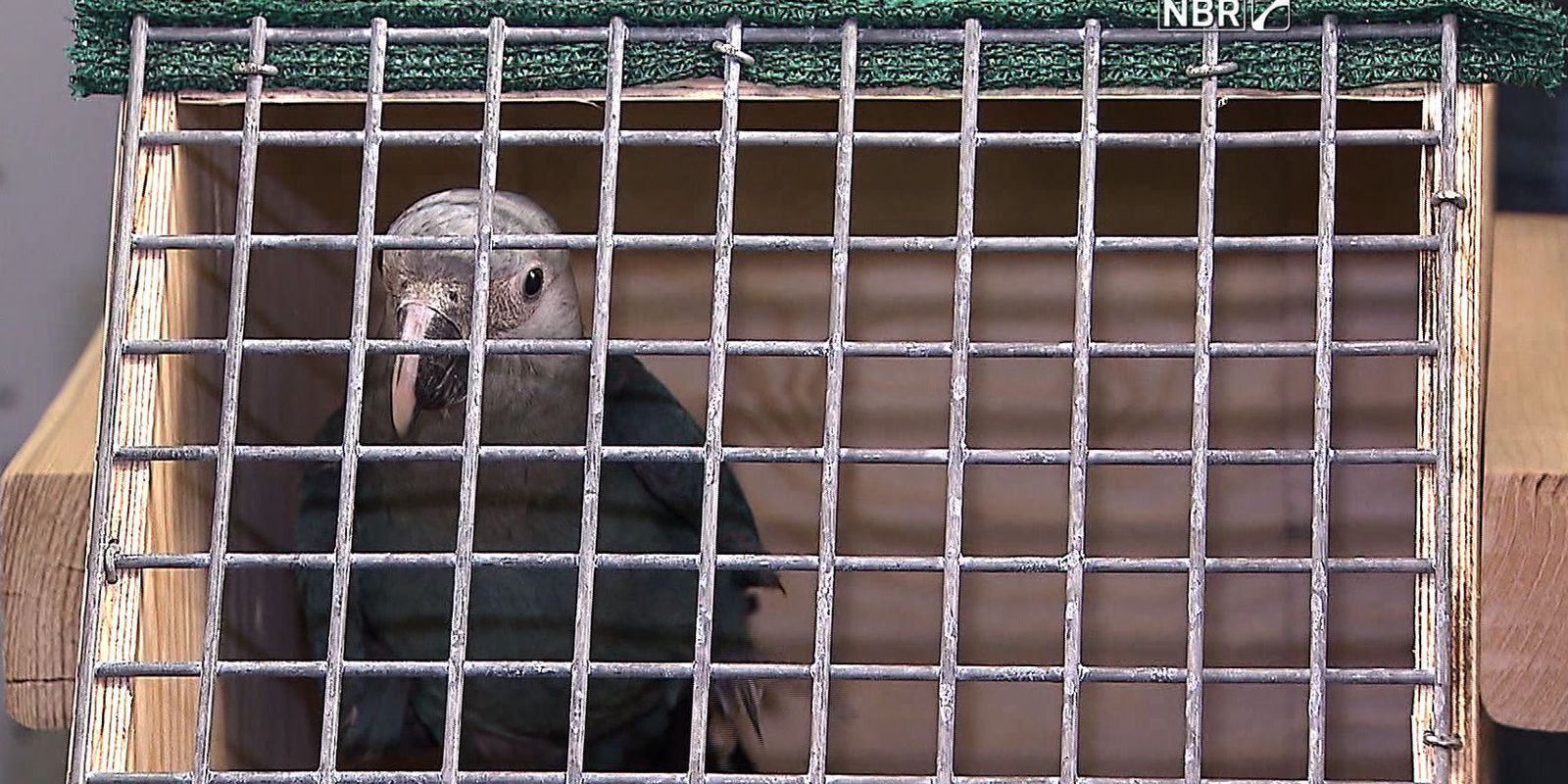The Spix’s Macaws (Cyanopsitta spixii) returned to cut the skies of the caatinga of Bahia this year, after two decades extinct in the wild. It took years of planning until the project to reintroduce the species finally managed to bring to Brazil, in 2020, more than 50 animals that lived in captivity in Europe. 
In June, eight birds were released. In December, another 12 were introduced into nature. Not everything, however, is reason to celebrate. Of the 20 macaws already released, three were killed by birds of prey in the region.
Two of them are from the first group, released in June. The third was killed a few days after being released, in December 10th??
One of the predators was identified: the stilt hawk (Geranospiza caerulescens?? Two species are suspected of causing the other deaths, the caracara (caracara planus) and the collared falcon (Falco femoralis).
Despite the losses, Camile Lugarini, executive coordinator of the National Action Plan (PAN) for the Blue Macaw, from the Chico Mendes Institute for Biodiversity Conservation (ICMBio), considers the release project successful so far.
“We know that the first three months after release are the most complicated. In the first release, we had a goal of reaching 60% survival in the first six months, which was achieved. We are now monitoring intensively to reach that goal as well,” she explained, adding that at least 30% are expected to survive the first year.
In addition to the three deaths, one of the Spix’s macaws from the first group is missing. The researchers were unable to locate it within the limits of the conservation units created to receive the species.
“That disappearance was in August. The method of to have some information about it is to increase our range of action with dissemination and communication, to cover other communities and verify if it is elsewhere and not in conservation units”.
The researchers’ objective is, at the beginning of the reintroduction process, to keep the Spix’s Macaws living close to the project base, where they can be more easily monitored and receive supplementary food, while they relearn to live in nature.
At the project headquarters, there is a large aviary, where there are about 30 more Spix’s Macaws, which will serve as a reserve for reintroduction and as breeding stock. Being in captivity, they also attract free-ranging macaws to them.
Even if they fly away from there, they can be monitored by researchers, as they are equipped with transmitters. When one of these birds becomes separated from the rest, project staff try to lure it back into the flock to ensure a better chance of survival.
When a small group moves away from the others, the researchers only monitor their movement, since, in this case, the chance of being killed by predators is lower.
To maintain a sustainable population, viable in the wild, the project estimates that at least 20 birds should be reintroduced per year over the next two decades, that is, around 400 birds.
For this, the project has macaws born in captivity in Brazil itself, both in Curaçá, where three have already been born, and in a breeding center in Minas Gerais. The plan relies mainly on the repatriation of birds kept in captivity in Germany.
Next year, a new group of 30 to 50 Spix’s Macaws should arrive in Brazil, to join the approximately 50 that are already in Curaçá.

















